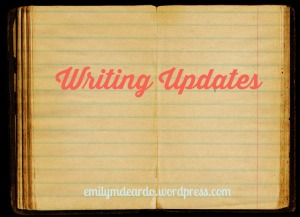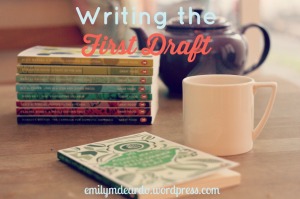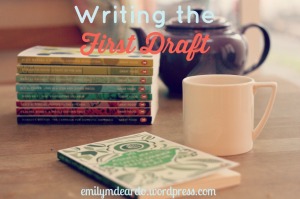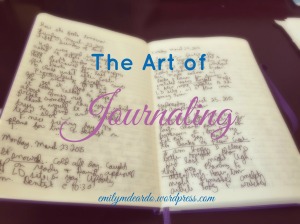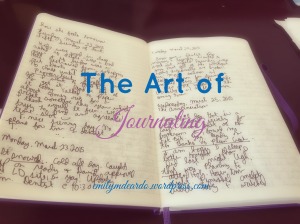 So you’ve got the first draft. Yay!
So you’ve got the first draft. Yay!
Now comes time to let out your inner editor. This can be hard, because the inner editor can be a beast, and think that everything you wrote is crap. So I recommend–and so do other writers, like Natalie Goldberg in Writing Down the Bones–that you take time away from your piece for a little while. Sometimes it’s a week, sometimes it’s a year, but that time away allows you to refocus your vision and recalibrate your inner editor. When you come back to the piece, you’ll have fresh eyes, and this enables you to see both the good and the bad in what you wrote. When I was recently going through The Undesirables, there were places that were great–and places that were just crap. I deleted the crap and attempted to write new and better things.
This brings us to an important distinction between editing and revising. Revise means (among other things) “to alter something already written or printed, in order to make corrections, improve, or update.” Edit means “to revise or correct, as a manuscript.”
Essentially, revising comes before editing. When I used to “edit” papers in college for other people, what I did was revise and edit. The first reading was usually for revisions. I made sure that the paper flowed, the argument presented was made, and that everything moved in a sequential, logical fashion. If an argument was weak, I noted that, or if there was too much repetition, I noted that. Sometimes I would circle entire sections in red pen and note that they should be moved around–either forward or farther on–in the text.
When I revise novels, I delete sections I don’t like, I add things that need further exposition, and I can re-imagine the timeline, if I have to. Revising is more about the grand shape of things. Editing is about the nit-picky details–spelling, punctuation, grammar, things like that. So if I’ve revised a paper, the second pass is usually for editing purposes, unless the person wanted me to read it again to make sure the revised copy worked.
I really like revising and editing. To me it’s the process that turns the coal into a diamond, if you will. Now, there does have to be the one good sentence in there to begin with. But if it is there, then you simply have to build on it in revision. I find the first draft the hardest part in my own writing, because I haven’t gotten everything down yet. The ending is still ambiguous, and I might just have one scene in my head–how can I create an entire novel out of one scene? The writing gremlins are usually pretty present in my first drafting experiences. It’s probably the effect of the blank page, or the blank canvas. But when I’m revising, I have fresh eyes and I’m ready to tackle the manuscript head on again.

